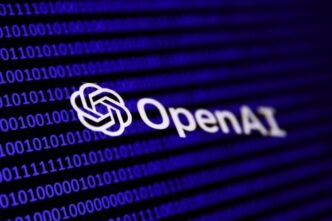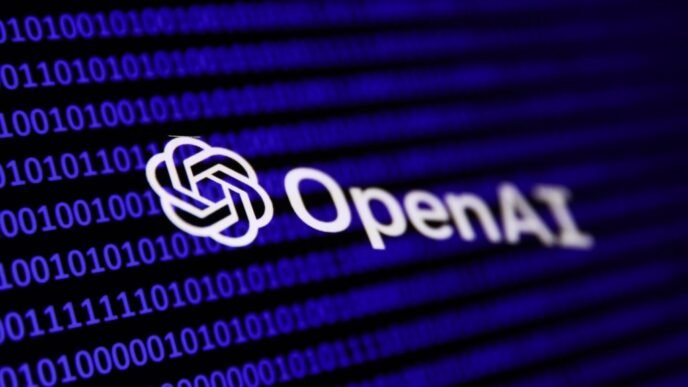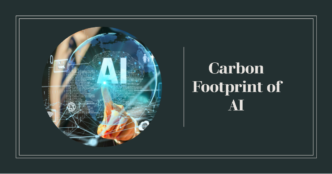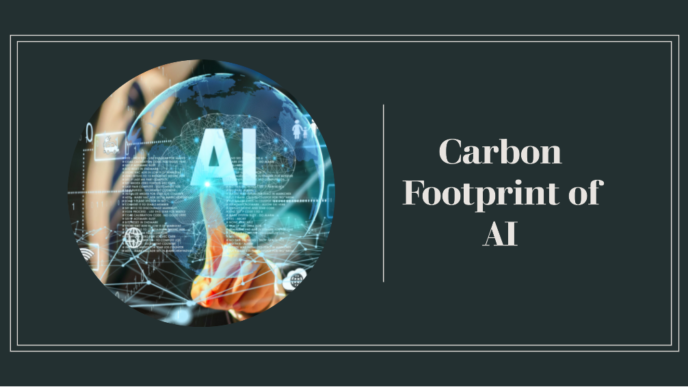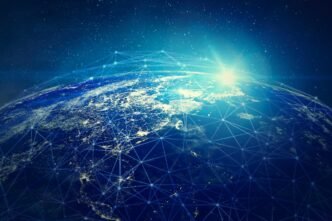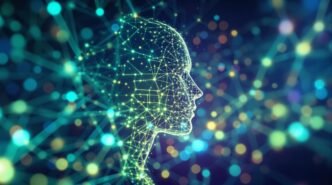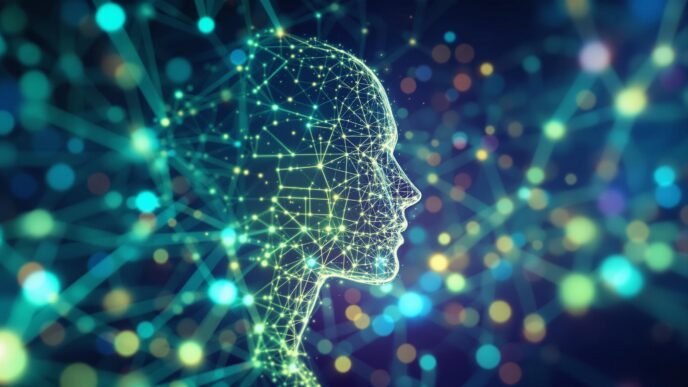Tech Giant Faces Legal Scrutiny Over AI Training Data Usage
OpenAI, a leading artificial intelligence company, is currently embroiled in a legal battle with The New York Times and The Daily News. The newspapers allege that OpenAI used their copyrighted content without permission to train its AI models. Recent developments have intensified the dispute, with the plaintiffs accusing OpenAI of deleting critical evidence. OpenAI, however, firmly denies these allegations.
Allegations of Evidence Deletion Surface
The legal counsel representing The New York Times and The Daily News recently claimed that OpenAI may have deleted important data relevant to the lawsuit. They emphasized that they have no reason to believe the deletion was intentional. Instead, they argue that the incident highlights OpenAI’s unique position to search its own datasets for potentially infringing content using its proprietary tools.
Plaintiffs Emphasize OpenAI’s Responsibility
• Access to Proprietary Tools: The plaintiffs assert that OpenAI has exclusive access to the tools necessary to thoroughly search its datasets.
• Potential Infringement: They are concerned about copyrighted material from their publications being used without authorization.
• Data Management: The incident raises questions about how OpenAI manages and retains data relevant to ongoing legal proceedings.
OpenAI’s Firm Response to the Claims
Late on Friday, November 22, OpenAI’s legal team responded to the allegations. In a detailed letter, they unequivocally denied any wrongdoing related to evidence deletion.
OpenAI Points to Technical Misconfiguration
• No Intentional Deletion: OpenAI’s attorneys stressed that no files were intentionally or inadvertently deleted.
• Plaintiffs’ Configuration Request: They suggested that a configuration change requested by the plaintiffs led to a technical issue.
• Technical Explanation: Implementing the requested change resulted in the removal of folder structures and some file names on a temporary cache drive. However, they assured that no actual data was lost.
The Crux of the Legal Battle: Fair Use in AI Training
At the heart of the lawsuit is the debate over fair use in AI model training. OpenAI maintains that using publicly available data, including articles from The New York Times and The Daily News, is permissible under fair use laws.
OpenAI’s Stance on Fair Use
• Public Data Utilization: The company believes that training AI models on publicly accessible content does not require additional licensing.
• Innovation and Development: OpenAI argues that such practices are essential for advancing AI technologies.
• Monetization Aspect: Even though OpenAI profits from its models, it asserts that this does not infringe on copyright laws when using public data.
Newspapers’ Counterarguments
• Unauthorized Use: The publications argue that their content is being used without proper consent or compensation.
• Copyright Infringement: They believe that OpenAI’s actions violate intellectual property rights.
• Financial Impact: The newspapers are concerned about potential revenue losses due to unlicensed use of their content.
OpenAI’s Licensing Deals with Other Publishers
Despite its stance on fair use, OpenAI has secured licensing agreements with several prominent publishers.
Notable Partnerships
• Associated Press: A deal that allows OpenAI to access AP’s vast archive of news content.
• Business Insider Owner Axel Springer: Collaboration for content utilization.
• Financial Times and News Corp: Agreements that possibly include financial terms favorable to both parties.
• Dotdash Meredith: Reports suggest OpenAI is paying at least $16 million per year for access.
Implications of Licensing Deals
• Acknowledgment of Value: These deals indicate OpenAI’s recognition of the importance of proprietary content.
• Setting Precedents: Such agreements may influence how AI companies interact with content creators in the future.
• Balancing Act: OpenAI appears to be navigating between asserting fair use and fostering positive relationships with publishers.
Industry Perspectives on AI and Copyright
The dispute between OpenAI and the newspapers reflects broader industry challenges regarding AI training and copyright laws.
Evolving Legal Landscape
• Lack of Precedent: Courts are still determining how existing laws apply to AI technologies.
• Global Implications: Different countries have varying regulations, complicating international AI development.
• Need for Clear Guidelines: Both tech companies and content creators are seeking clarity on legal boundaries.
Ethical Considerations
• Respecting Intellectual Property: The ethical use of content is a significant concern.
• Innovation vs. Ownership: Balancing technological advancement with respecting creators’ rights is crucial.
• Collaboration Potential: There’s an opportunity for tech firms and publishers to work together for mutual benefit.
Conclusion: A Pivotal Moment for AI and Content Rights
The ongoing legal battle between OpenAI and major newspapers like The New York Times and The Daily News is more than just a courtroom drama. It represents a critical juncture in the relationship between AI developers and content creators.
What’s at Stake?
• Legal Precedents: The outcome could set important precedents for how AI models are trained in the future.
• Industry Practices: A decision may influence industry standards regarding licensing and fair use.
• Technological Progress: How society balances innovation with intellectual property rights will shape the AI landscape.
Looking Ahead
Both parties seem eager to resolve the dispute while standing firm on their positions. OpenAI continues to deny any wrongdoing and emphasizes its commitment to ethical practices. The newspapers are vigilant in protecting their content and seeking fair compensation.
The tech world is watching closely. As AI continues to evolve, finding a harmonious path forward that respects both technological innovation and creators’ rights is essential. Stay tuned—this clash could redefine the rules of the game.


